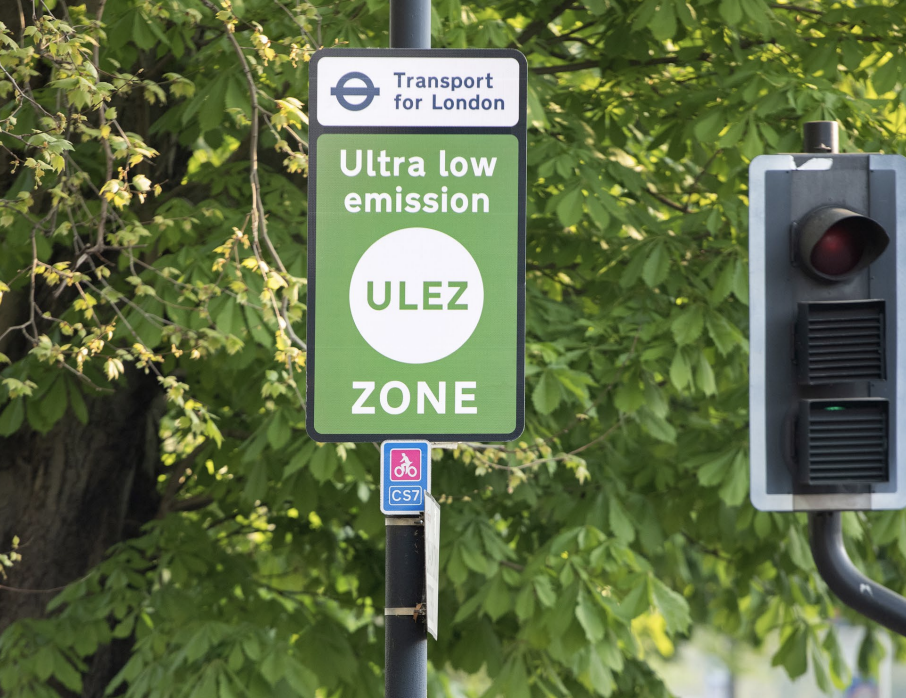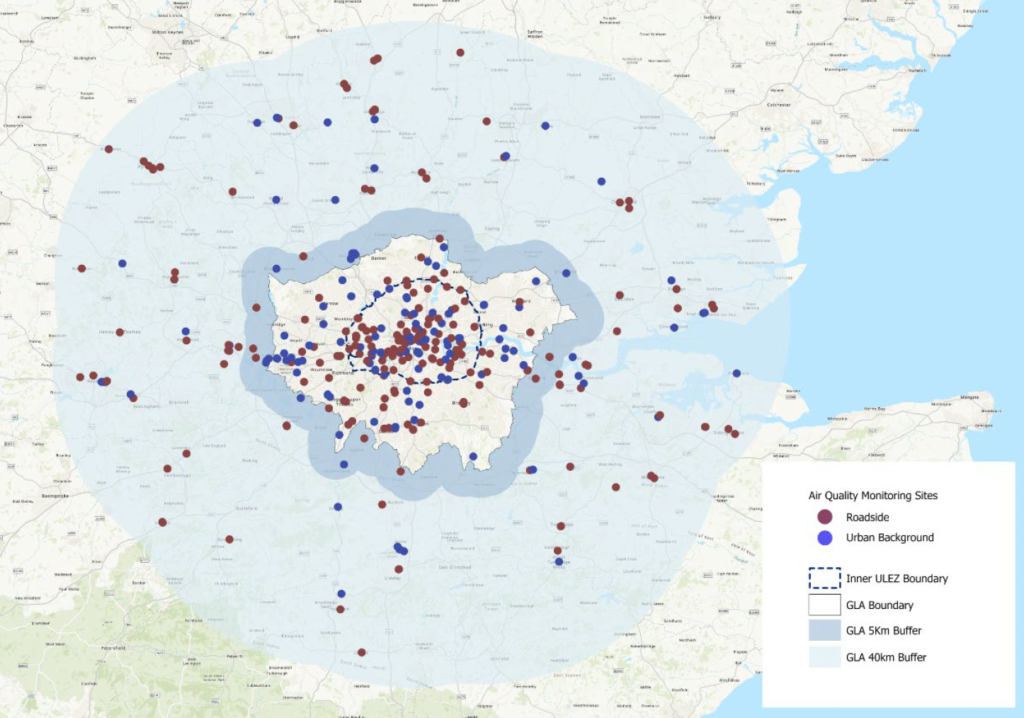The Guardian reports, ‘Ulez expansion led to a significant drop in air pollutants in London, report finds.’ That’s an interesting quote. According to the City of London, the change is equivalent to removing 200,000 cars yearly. That sounds like good news. Nine million people live in the area now covered by Ulez. Will they now live longer and more healthy? Let’s look at the numbers.

The Mayor of London, Sadiq Khan, said: “London’s air quality is improving at a faster rate than the rest of England, and 96 percent of vehicles are now compliant, with tens of thousands of Londoners benefitting from our scrappage scheme. It’s thanks to our bold policies, including ULEZ, that we are now set to get London’s air to within legal limits by 2025, 184 years earlier than previously projected. But there’s still more to do, and I promise to continue taking bold action – including more to clean up our air and rivers – as we build a fairer, greener London for everyone.”
The most polluting cars are typically required to pay a £12.50 daily charge to drive in London’s Ulez. However, most cars are exempt from this fee, as it applies only to petrol cars older than 19 years and diesel cars older than nine years. In London, 96 percent of vehicles seen driving are compliant, with a 53 percent reduction in non-compliant vehicles in only six months. Approximately 90,000 fewer non-compliant vehicles were detected daily in the zone.
An estimate based on modeling roadside impact covering the first six months since the Ulez (Ultra Low Emission Zones) expansion found that total nitrogen oxides (NOx) from cars across London were 13% lower than projected had the scheme been confined to inner London. At the same time, NOx from vans was 7% lower. Levels of particulate pollution (alongside roads) in the form of PM2.5 exhaust (only!) emissions from cars in outer London are an estimated 22% lower than without the expansion. Interesting, because most PM2.5 and PM10 emissions are related to car tires. Cities can learn greatly from London how to monitor ULEZ and ZE-zones.

Christina Calderato, Director of Strategy at TfL, said: “London is leading the way in improving air quality, with today’s report showing that harmful NOx pollutants from cars are estimated to be 13 percent lower than a scenario without the Ulez. This, along with reductions from vans, amounts to a total reduction of 424 tonnes in NOx emissions. We know that toxic air is associated with increased risks of asthma, cancer, and dementia and that it disproportionately affects poorer Londoners and those from Black, Asian, and minority ethnic communities. With the greatest number of deaths attributable to air pollution occurring in outer London, it’s great to see these results since the ULEZ was introduced London-wide.”
The impact of Ulez on health is yet unclear. Toxic air led to around 4,000 premature deaths in London (in 2019). Over 480,000 Londoners have a diagnosis of asthma and are more vulnerable to the impacts of air pollution. It is not mentioned or modeled (and estimated) how many Londoners will live longer with improved air pollution due to Ulez. And what other measures are necessary to improve (indoor) air quality further and reduce other sources of air pollution in London? Road traffic is one of the main sources of air pollution.
Walther Ploos van Amstel.
Source: London
You can find the report here.
